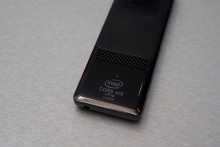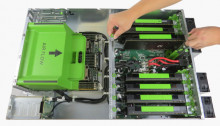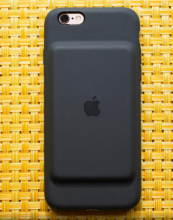Integrated CPU graphics are catching up with discrete graphics cards, says Intel
If you’re a casual or mainstream gamer, you don’t need a discrete graphics card, Intel says.
Instead, look at integrated graphics, which are getting more powerful by the day, said Gregory Bryant, vice president and general manager of Intel’s desktop clients platform.
The top-level graphics processors integrated in Intel’s chips, called Iris and Iris Pro, can outperform 80 percent of discrete graphics chips, Bryant said.












































































